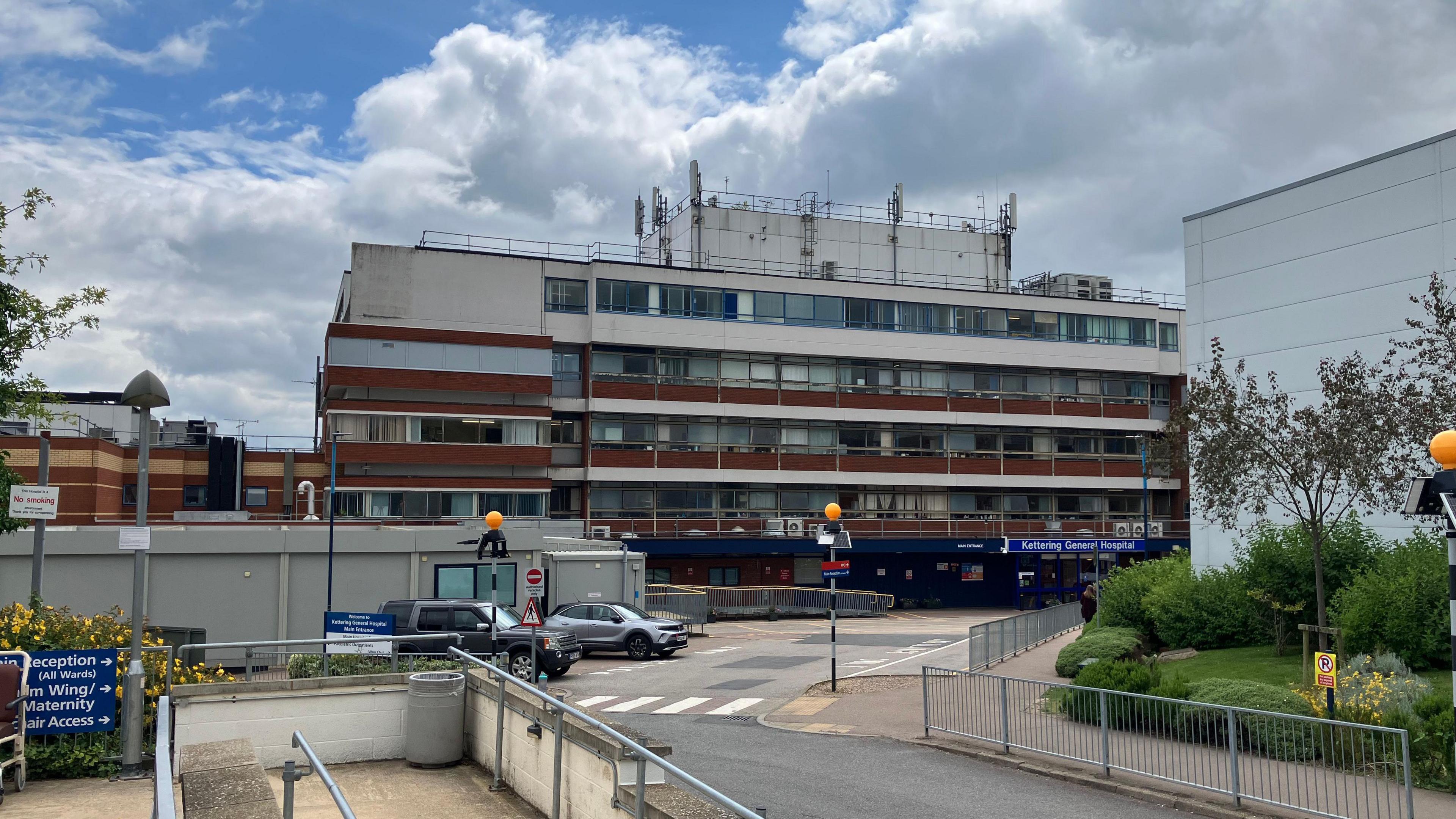Hospital 'had A&E patients in chairs for 22 hours'
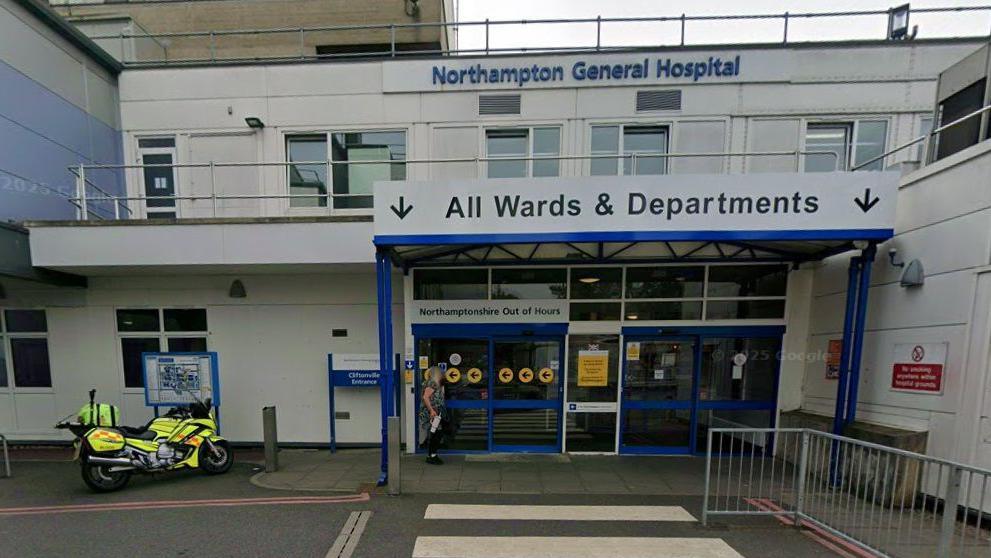
Northampton General Hospital had previously been rated as good in 2019
- Published
A hospital where A&E patients were left waiting in chairs for 22 hours has been downgraded by inspectors.
Northampton General Hospital's Care Quality Commission (CQC) grading has been changed from good to requires improvement following the surprise inspection in February, external, which found three breaches of legal regulations in relation to safe care and treatment, safe staffing and governance.
The health watchdog issued the hospital with a warning notice because of overcrowding in the emergency department and poor flow of patients through different stages of treatment.
The hospital has apologised to patients and says it has "undertaken significant work" to address the concerns since the inspection.
CQC inspectors who visited the emergency department found "widespread care... in ambulances, waiting rooms and corridors".
They recorded that, on the afternoon of 19 February 2025, the department had almost double its capacity of patients and the longest wait for a bed was 46 hours.
The CQC said: "Patients were waiting on chairs for over 22 hours, including elderly patients."
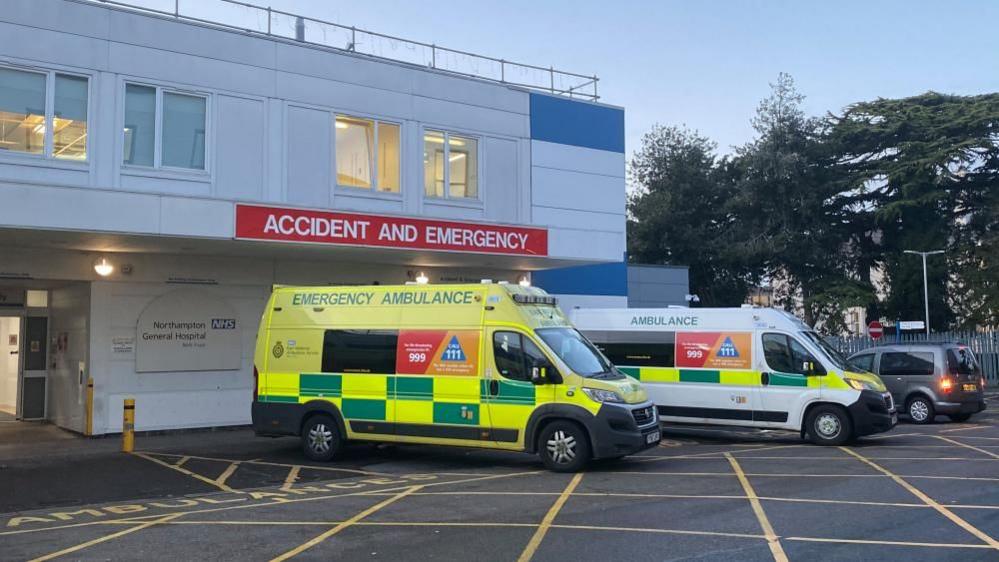
The emergency department was operating at almost double capacity during the inspection
Alarms were sounding to indicate that some people were deteriorating but there were no resuscitation beds for them.
One patient who was identified as being at risk of pressure sores, and had been in the department for 25 hours, had been given no mitigation measures.
When inspectors spoke to patients in medical wards, they were told there was no privacy because extra beds had been brought into the bays.
The CQC said patients were not always being discharged at the point when they no longer needed medical treatment as in-patients.
Patients were staying for an average of 16.6 days, which was significantly higher than the England average of 11.7 days.

Patients were staying almost five days longer in hospital than the national average
The inspectors said they had observed a clinical emergency in an area where additional beds had been placed in bays.
The "space for additional staff and equipment was compromised but staff ensured this did not compromise... the treatment", their report said.
Inspectors also found there were instances where medication given to patients was not accurately recorded.
Leaders at the hospital did not always "work with staff when incidents happen to identify what went wrong", the report said.
Breaches of regulations were found in safety of treatment, staffing and management.
But inspectors did find leaders and staff worked closely together to deliver care and staff understood their responsibilities for safeguarding and protecting people from harm.
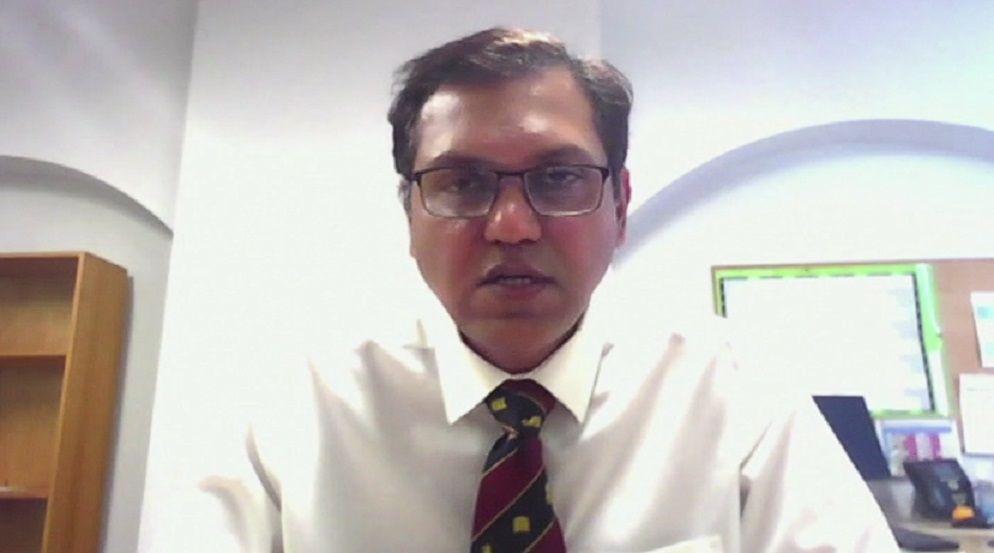
Hemant Nemade from the hospital has apologised for not providing the level of care "our communities need"
The medical director of University Hospitals of Northamptonshire, Hemant Nemade, said: "We are truly sorry that we have not provided the level of care that our communities need and deserve.
"Since the inspection was carried out in February 2025, we have undertaken significant work to address the CQC's concerns.
"Many new processes are now in place to improve and monitor safety and care, enhance privacy and dignity and improve how we support patients."
Get in touch
Have you been affected by this story?
Follow Northamptonshire news on BBC Sounds, Facebook, external, Instagram, external and X, external.
Related topics
- Published1 August
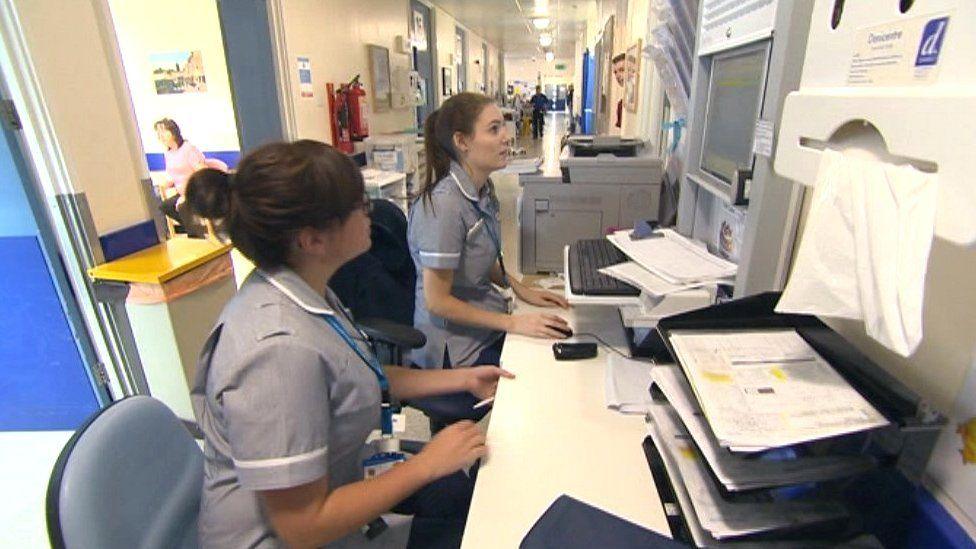
- Published23 April
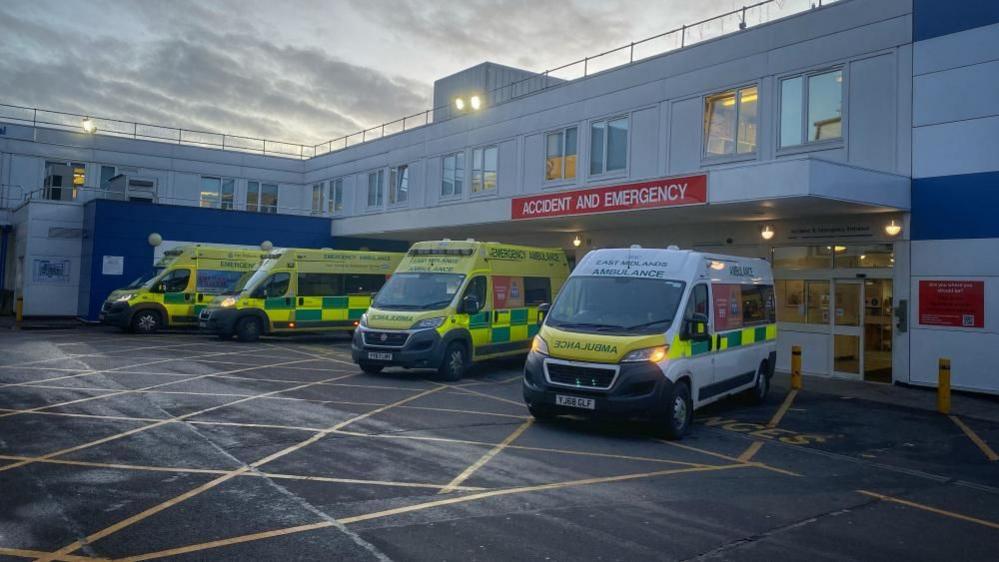
- Published6 December 2024
